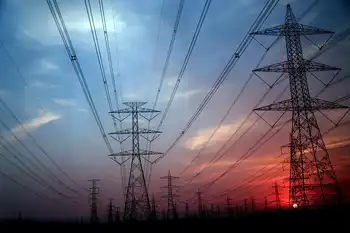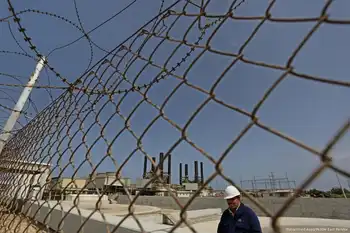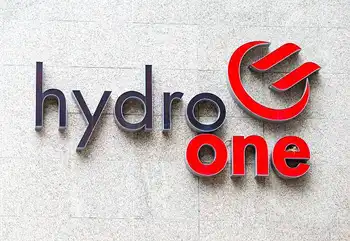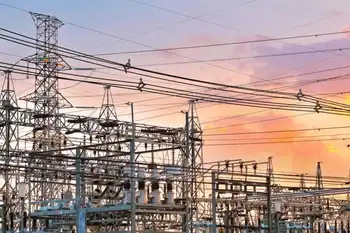Bill renewing clean energy credits falls short
By Reuters
Protective Relay Training - Basic
Our customized live online or in‑person group training can be delivered to your staff at your location.

- Live Online
- 12 hours Instructor-led
- Group Training Available
The extensive tax package includes measures providing an eight-year extension of solar energy investment credits, and a one-year extension of tax credits for biodiesel, renewable diesel, and wind power.
The bill required 60 "yes" votes in the 100-member Senate to move forward, but received only 51, with 43 opposed.
Lawmakers who support the legislation introduced by Sen. Max Baucus say the package is necessary to support investment in the U.S. renewable energy industry. The renewable energy industry says the delays are causing uncertainty in the industry and jeopardizing new projects.
"This is just one piece of the puzzle," said Senate Majority Leader Harry Reid. "But it is an important piece - and one that can make a difference in energy prices immediately."
The package also authorizes $2 billion in clean energy bonds to help finance facilities generating electricity from renewable energy.
In addition to the energy measures, the tax package would also add $8 billion to the Highway Trust Fund, renew the research and development tax credit for businesses, and also raise the income level at which Americans must pay the Alternative Minimum tax.
Although the tax legislation stalled, it is not dead. The bill can be brought to a vote again, and Reid said he is open to negotiating with Republicans to get the bill passed.
Republican leaders expressed support the for tax package, but said they wanted to focus on passing legislation that would increase domestic oil production.
Separately, Senate Republican Leader Mitch McConnell has accepted an offer from Reid to move forward on legislation aimed at reining in excessive speculation, an aide said. Under this deal, each party can add four amendments to a bill.
With elections looming in November and fuel prices surging, Senate lawmakers had been locked in a stalemate over how to address energy issues. Republicans are pushing to pass legislation that would lift bans on drilling offshore and develop vast oil shale fields in the West.
Democrats oppose opening restricted areas for production, and instead want the oil industry to use land already available. They also support selling oil from the Strategic Petroleum Reserve.











